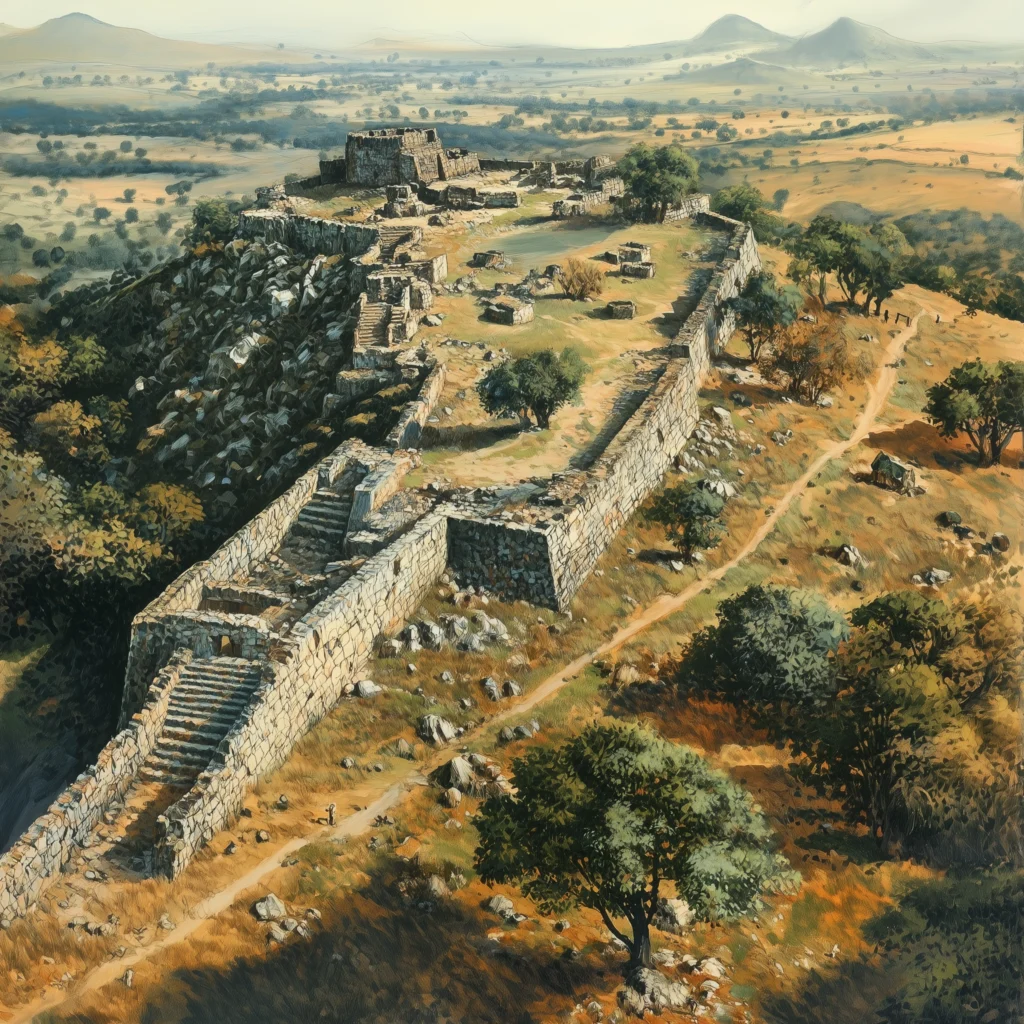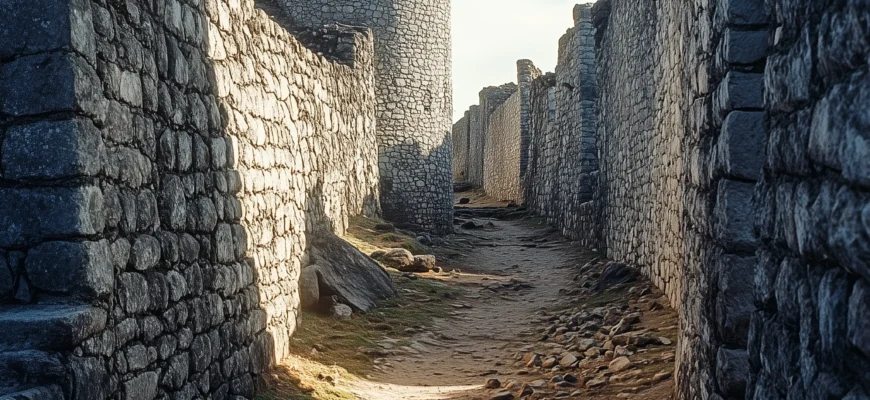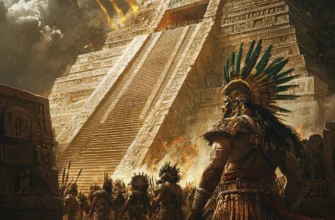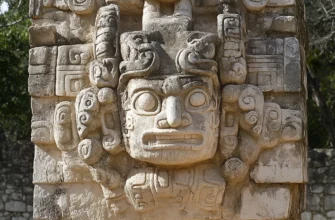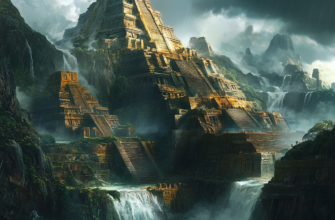Great Zimbabwe’s a medieval marvel that squats in southern Africa like a stone riddle nobody’s fully cracked. We’re talking massive walls, no mortar, built by the Shona between the 11th and 15th centuries—yet the Great Zimbabwe ruins secrets still whisper through the granite. Was it a royal hub? A trade fortress? Colonial myths tried to bury its African roots, but science and fresh digs are prying it open. Let’s wander through this ancient city and chase down what’s hiding in the rubble.
Walls That Defy Gravity
Ever seen stones stack 36 feet high without a drop of glue? That’s the Great Zimbabwe ruins secrets flexing hard. The Shona pulled off dry-stone wizardry—granite blocks cut so tight they’ve stood for centuries. The Great Enclosure’s outer wall? Over 820 feet long, curving like it’s alive. The Hill Complex, perched on a rocky outcrop, mixes boulders into the design like nature’s own architect chipped in.
“These walls aren’t just standing—they’re bragging.”
—A sweaty archaeologist, probably
Science Bit: A 2023 Journal of Archaeological Science study says the granite’s local, quarried within miles, and the fit’s so precise it shrugs off earthquakes. The Great Zimbabwe ruins secrets here? Advanced engineering, no foreign help needed.

Gold, Ivory, and a Trade Empire
The Great Zimbabwe ruins secrets aren’t just structural—they’re shiny. This place was a gold-and-ivory jackpot, linking Africa’s guts to the Indian Ocean. Digs have coughed up Chinese porcelain, Persian beads, and gold trinkets—proof it was a trade beast. Cattle herds fueled the locals, but the real cash? Gold mines nearby, controlled by Shona elites.
| Find | Where It’s From | What It Tells Us |
|---|---|---|
| Ming Pottery | China, 14th century | Long-distance trade flexed hard |
| Glass Beads | Persia/Arabia | Swahili coast was in the mix |
| Gold Crucibles | Right here | They smelted their own bling |
2025 Update: Fresh digs on the Eastern Ridge found crucible shards—gold-processing gear—hinting at on-site crafting. The Great Zimbabwe ruins secrets scream wealth, not just walls.

Busting the Colonial Lies
Here’s where it gets messy. Early European explorers—like Karl Mauch in 1871—couldn’t handle the Great Zimbabwe ruins secrets being African-made. They spun tales of Phoenicians, Queen of Sheba, anybody but the Shona. Why? Racism, plain and simple. Cecil Rhodes even paid hacks to push the “white builders” myth. But by 1905, David Randall-MacIver’s excavations—backed by Gertrude Caton-Thompson in ’29—nailed it: Shona work, medieval roots.
- Myth: Biblical Ophir, built by outsiders.
- Truth: Shona Bantu, 11th-15th century, no imports needed.
- Science: Pottery and iron tools match local Karanga styles.
The Olmec influence might’ve sparked Mesoamerica, but Great Zimbabwe’s all homegrown.
External Nod: PBS’s NOVA has a killer doc on this debunking.
The 2025 Dig: What’s Next?
The Great Zimbabwe ruins secrets are still spilling out. As of April 2025, excavations near the Valley Ruins—led by folks like Shadreck Chirikure—are hitting paydirt. They’ve got drone maps showing uncharted settlements and a midden with gold beads and cowrie shells. Only 2% of the 1,779 acres are dug, so the Great Zimbabwe ruins secrets are barely scratched. Was it a sprawling kingdom? A ritual hub? The Shona’s ghosts are chatting louder every day.
Wrapping the Mystery
Great Zimbabwe’s no lost city—it’s a loud, proud puzzle. The Great Zimbabwe ruins secrets weave through its mortarless walls, trade riches, and the Shona grit that built it. Colonial nonsense tried to steal its story, but science and 2025 digs are setting it straight. Next time you’re mulling African legends, this stone giant’s got tales—and they’re still unfolding.
